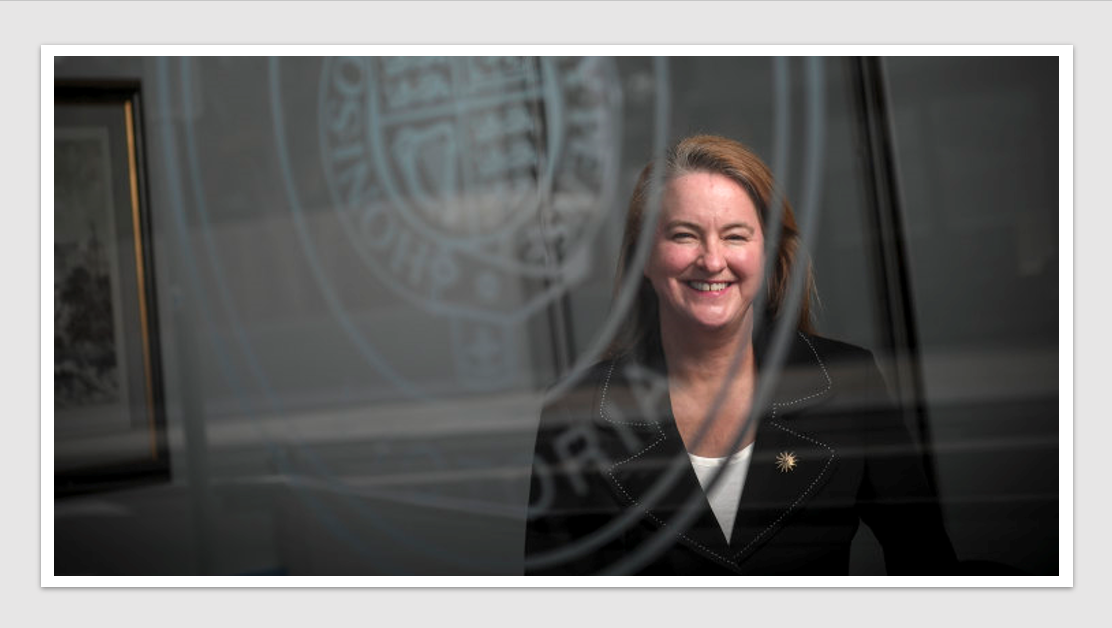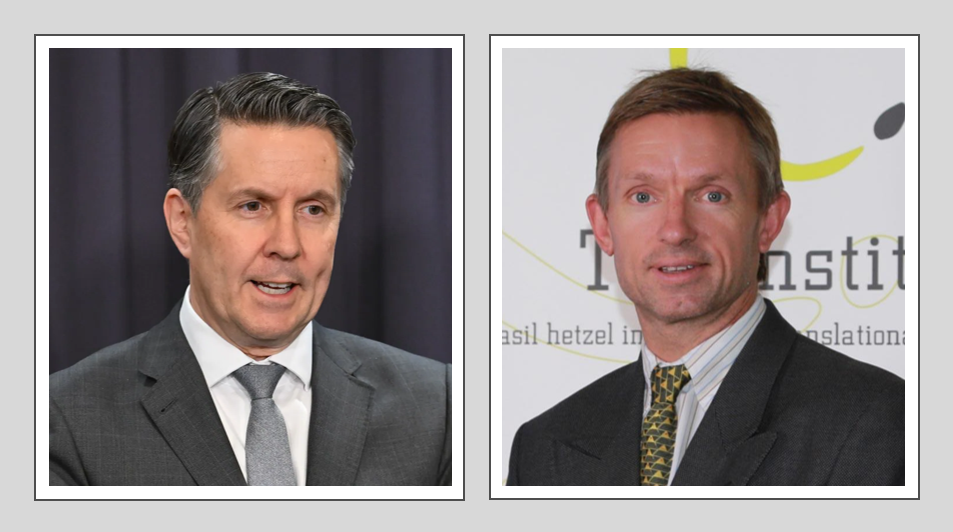Human Resources
Women missing out on management roles as most reserved for full time workers

Human Resources: At every age and stage of their working lives the majority of women are not working full-time. Whether through choice or necessity, the result is that women are missing out on management roles and it is accentuating the gender pay gap for women.
The Wages and Ages: Mapping the Gender Pay Gap by Age data series released today is the first time WGEA data has been broken down by age. It shows that in 2021 at no age were more than 50% of women working full-time, yet higher paid management opportunities were almost exclusively reserved for full time workers. In all age groups, more than 90% of managers were working full-time.
The divergence in working patterns occurs from age 35 onwards when men are predominantly working full time and women are predominantly working part time or casually.
Further, men over the age of 55 are twice as likely to be in management than women. For the women who have made it to managerial ranks at the same age, two-thirds are in lower tiered management ranks.
The data also shows that men out earn women across every generation. This peaks at ages 55 – 64, where men out earn women by 31.9%, or more than $40,000 on average per year.
Even women who have reached senior executive and CEO roles at age 55 and over still face a large earnings gap, taking home about $93,000 per year less on average than their male senior executive and CEO counterparts.
“Too many employers are missing a huge talent pool by not encouraging and enabling women to work additional hours or in the managerial ranks,” says WGEA Director, Mary Wooldridge.
“With effective policies, workplaces can both enable women to work full-time if they chose to and make higher-paid managerial roles more accessible for those who work part-time.”
The WGEA Director points to the importance of employer policies that focus on equal access to – and uptake of – workplace support for women and men throughout their working lives. These include gender-neutral parental leave policies, childcare subsidies and support, and flexible work policies which include targets for male and female uptake.
Wooldridge added that workplaces must enable progression opportunities for part-time workers.
“Our research with McKinsey and the Business Council of Australia shows that on average, companies with more part-time managers have more women at executive levels. Leading employers are creating or redesigning roles to support part-time management and job-sharing structures, for example to make it possible for parents who may want to work school hours. In times of a tight talent market, attracting and retain highly skilled and capable women is more important than ever.”
If trends continue at the rate set out in this data, millennial women currently in the workforce will earn just 70% of men’s earnings by the time they reach age 45.
“Millennial women in the workforce 35 and under are currently reaching management at equal rates as men. We have a generation of Australian women who are highly educated, and over the last decade, have been outnumbering men in higher education enrolments and completion,” Ms Wooldridge says.
“If organisations want to unlock the potential that these women can provide after the age of 35, there needs to be a shift in workplace structures surrounding them. Creative workplaces will reap the talent rewards today and in the future.”
What employers can do
• Introduce policies that normalise time out of the workforce – like gender neutral paid parental leave.
• Encourage flexible work for both men and women
• Set and monitor targets for men and women equally using these policies
• Rethink and redesign leadership – offer part-time and job-sharing roles for managers
• Assist access to affordable childcare through on-site provision or financial support
What employees can do
• Use WGEA’s interactive data visualiser to search your company, see their policies and practices they report
• When considering job offers, see how the workplace compare on the availability of paid parental leave, gender balance in leadership, or if the company takes action on gender equality through regular pay audits.
News & Trends - MedTech & Diagnostics

Stryker partners with local researchers to advance shoulder joint surgery
MedTech & Diagnostics News: Joint replacement is a commonly performed major surgical procedure that has considerable success in alleviating pain […]
MoreNews & Trends - Pharmaceuticals

Over two-thirds of Aussies missing healthcare appointments
Pharma News: Over 70% of Australians have postponed or cancelled healthcare appointments in the last 12 months. The primary reason […]
MoreNews & Trends - Pharmaceuticals

Opposition decries incremental change as New Zealand government defends Pharmac budget
Pharma News: New Zealand’s Associate Health Minister has made headlines by unveiling Pharmac’s largest ever budget of $6.294 billion over […]
MoreMedical

Telehealth’s 10-year leap in 10 days: Reshaping hospital EDs
Medical: As overcrowding and ramping continue to challenge emergency departments across Australia, the concept of virtual emergency departments (EDs) emerges […]
More